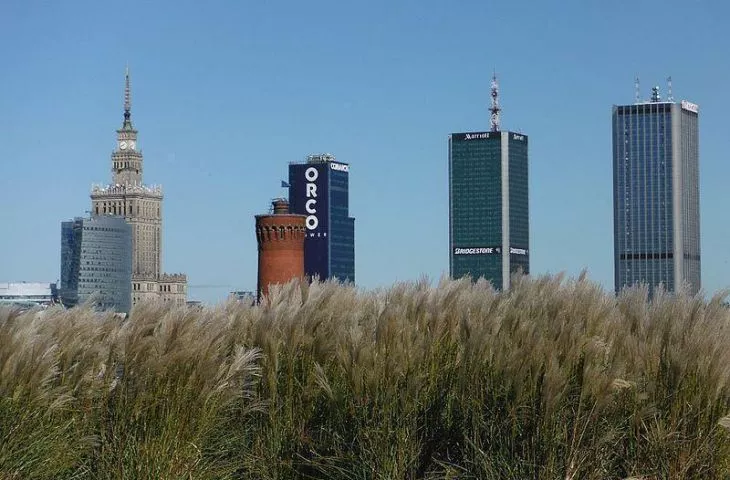Architectural recycling and the new Bauhaus
Over the past few months, the discussion of pandemonium is often combined with a discussion of ecology, a more sustainable exploitation of the environment, and consequently a change in the approach to the creation and use of urban space. Economic issues and economic problems affecting various types of investments cannot be left out of these discussions either. Is this the beginning of the age of recycling in architecture and the twilight of grand, lavish construction?
Architecturalrecycling is the idea of reworking what has already been built, returning to closed-loop circulation in architecture and construction, and using recycled materials in place of new developments that are built from scratch. Also important is the use of brownfield sitesand building with wood, which, despite appearances, is a very eco-friendly material - one, of course, that comes from specially created crops for this purpose. This would be a complete turnaround that would redefine the relationship with architecture, but would also become a test for both investors and contractors. The head of the European Commission, Ursula von der Leyen, said in her exposé that we need to establish a new Bauhaus, which would allow us to define various concepts in a different way, and to learn how to build practically from scratch.
Bauhaus of the 21st century
The innovative Bauhaus idea, which transcended its time and began in 1919, has influenced generations of architects and architects of the 20th and 21st centuries. The basic principles of the Bauhaus, such as functionality based not only on pragmatic considerations, but also on psychological and emotional ones, the importance of social factors (the architect as a designer of social life), the use of prefabricated elements, the use of prefabricated modules or, finally, the introduction of regional conditions, climate, landscape and habits of inhabitants into the architectural form, seem thoroughly contemporary. von der Leyen's reference to the Bauhaus is an extremely important direction that will perhaps mark not so much new concepts, since they were already formulated in the first half of the 20th century, but rather a turn to the best modernist tradition. Let's remember that the Bauhaus is not only about design, but also about the idea of education through art, as societies need to be taught proper reception. And this is, after all, a great responsibility.
new style of work
And if we are talking about teaching or educating - universities have a huge role to play here, educating new generations of architects and architects who will implement these ideas. The pandemic has greatly accelerated these processes, forcing us to consider whether it makes sense to build so much and in such a large size. Because, in fact, who benefits from large anti-social molochs these days, if work life is largely dominated by remote work. If the same work and with the same and often even better efficiency can be done at home, then it is worth considering in a broader perspective the issues of virtualization and the creation of coworking spaces, more intimate and less formalized, or adapting the current fabric of the city to the possibilities of remote work.
architect/architecture profession
In such a perspective, the profession of an architect or architect would be based not only on Bauhaus-like design of social life, but also on inventorying the resources we already have and preserving what can be repaired or changed, rather than building from scratch. Instead of a construction site, the city would become a kind of warehouse with existing forms and materials from which further hybrids can be created. Of course, this is a much more difficult task, as it is easier to demolish and build new. But let's remember what a massive carbon footprint this generates. In any case, the future of architecture appears to be a hybrid - not only a hybridization of existing forms, but also a combination of social, aesthetic, ecological and technical factors.














